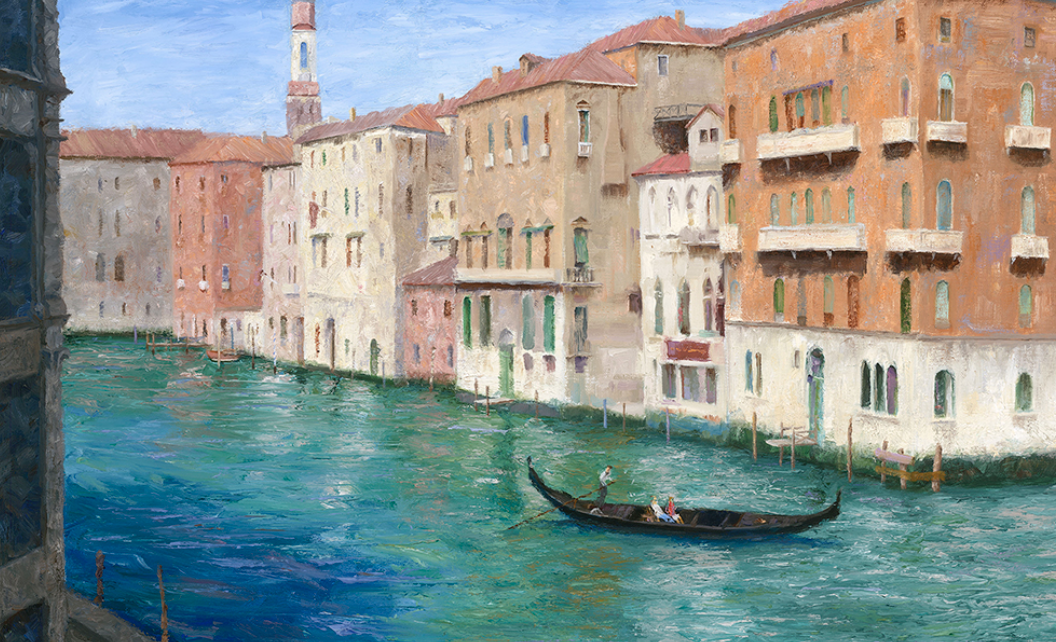
How to Transport Canvas Paintings

How do you transport canvas paintings? It can be a daunting task, especially when you want to ensure that your magnificent artwork arrives at its destination in pristine condition. Whether you’re an artist looking to transport canvas paintings to a gallery, a collector moving your cherished pieces, or simply sending a gift to a loved one, proper transportation is crucial to preserving the beauty and integrity of the artwork.
Preparation and Planning

Before you embark on the journey of transporting your canvas paintings. Here’s what you should do:
-
- Assessment: Examine the artwork thoroughly. Note any existing damage or fragile areas that may need extra protection during transportation.
- Measurements: Measure the dimensions of the artwork, including the frame if it has one, to determine the size of the packaging and transportation method required.
- Destination: Know where your painting is headed. This will influence your choice of transportation and packaging materials.
- Insurance: Consider insuring your artwork, especially if it holds significant monetary or sentimental value.
Gather Necessary Materials

Assemble the following materials before you begin to transport canvas paintings:
-
- Acid-free packing paper: To protect the surface of the painting.
- Bubble wrap: For cushioning and shock absorption.
- Glassine paper: To prevent sticking if the painting comes in contact with any surface.
- Cardboard corners: To reinforce the corners and edges of the painting.
- Cardboard sheets: For additional protection.
- Plastic or polyethylene sheeting: To cover the wrapped painting.
- Packing tape: To seal the package securely.
- A sturdy, appropriately-sized box or crate: Ensure it’s larger than the painting with ample space for padding.
- Markers and labels: For clear identification.
Protecting the Canvas Painting

Anshu – Singapore, Singapore.
A canvas painting is vulnerable to scratches, dents, and moisture damage during transport. Here’s how to protect it:
-
- Clean the painting: Ensure the canvas is dust-free and any prior varnish is dry.
- Wrap with acid-free paper: Lay the painting face-down on a clean surface and cover it with acid-free packing paper. This prevents any direct contact with the bubble wrap, which can sometimes leave marks on the canvas.
- Add a layer of bubble wrap: Carefully wrap the painting in a layer of bubble wrap, ensuring that all edges and corners are adequately covered.
- Protect the corners: Attach cardboard corners to shield the fragile corners of the frame or canvas.
- Glassine paper: Place a sheet of glassine paper between the wrapped painting and the bubble wrap to prevent any sticking.
Packaging the Painting

Now that your canvas painting is adequately protected, it’s time to package it securely:
-
- Cardboard sheeting: Place a flat, sturdy piece of cardboard on the back of the wrapped painting to provide additional support.
- Cover with plastic sheeting: Wrap the entire package, including the cardboard backing, in plastic or polyethylene sheeting to guard against moisture.
- Box or crate: Choose a box or crate that is several inches larger than the painting on all sides. Fill the bottom of the container with padding material like foam peanuts or foam sheets.
- Position the painting: Carefully place the wrapped and protected canvas painting inside the box, ensuring that it is centered and snug but not excessively tight.
- Fill gaps: Fill any remaining gaps in the box with more padding material to prevent movement during transit.
Sealing and Labeling

Proper sealing and labeling are vital to ensuring your artwork reaches its destination without mishap:
-
- Seal the box: Close and seal the box securely with packing tape. Ensure all seams are taped to prevent the box from accidentally opening.
- Labeling: Clearly label the box with “Fragile” and “This Side Up” markings to alert handlers. Include your contact information and the destination address, both inside and outside the box.
- Documentation: Create an inventory of the artwork you’re transporting, complete with photographs and descriptions. Keep copies for your records.
Choosing a Transportation Method

The method of transportation largely depends on the size, destination, and value of the artwork:
-
- Professional art transport services: For valuable and delicate pieces, consider hiring professional art transport services that specialize in handling and moving artwork.
- Commercial carriers: If you’re shipping the painting, choose a reputable commercial carrier with experience in handling fragile and valuable items. Ensure that they offer insurance options.
- Personal transport: If you’re personally delivering the painting, ensure that your vehicle is equipped to provide a stable and climate-controlled environment for the artwork. Avoid extreme temperatures and direct sunlight.
Monitoring and Handling
During transportation, it’s crucial to keep an eye on the condition of your canvas painting:
-
- Temperature and humidity: If possible, monitor the temperature and humidity levels during transit to ensure they remain within safe ranges.
- Handling instructions: Clearly communicate handling instructions to anyone responsible for transporting the painting. Emphasize the importance of avoiding sudden movements, impacts, or exposure to extreme temperatures.
Unpacking and Inspection

When your canvas painting reaches its destination, follow these steps to safely unpack and inspect it:
-
- Carefully open the package: Use caution when removing packing materials, ensuring that you don’t accidentally damage the artwork.
- Inspect for damage: Thoroughly examine the painting for any signs of damage that may have occurred during transport. Take photographs as evidence if needed.
- Retain packaging materials: Keep all packaging materials in case they are required for future transportation or if you need to file an insurance claim.
If you want to transport canvas paintings planning, careful packaging, and choosing the right transportation method. By following the steps outlined in this guide, you can ensure that your valuable artwork arrives at its destination in perfect condition, ready to be enjoyed by others or proudly displayed in your collection. Remember that the safety and preservation of your canvas paintings are worth the effort and attention to detail.
Check out top-rated local artists near you!
Are you an artist ? Sign Up












